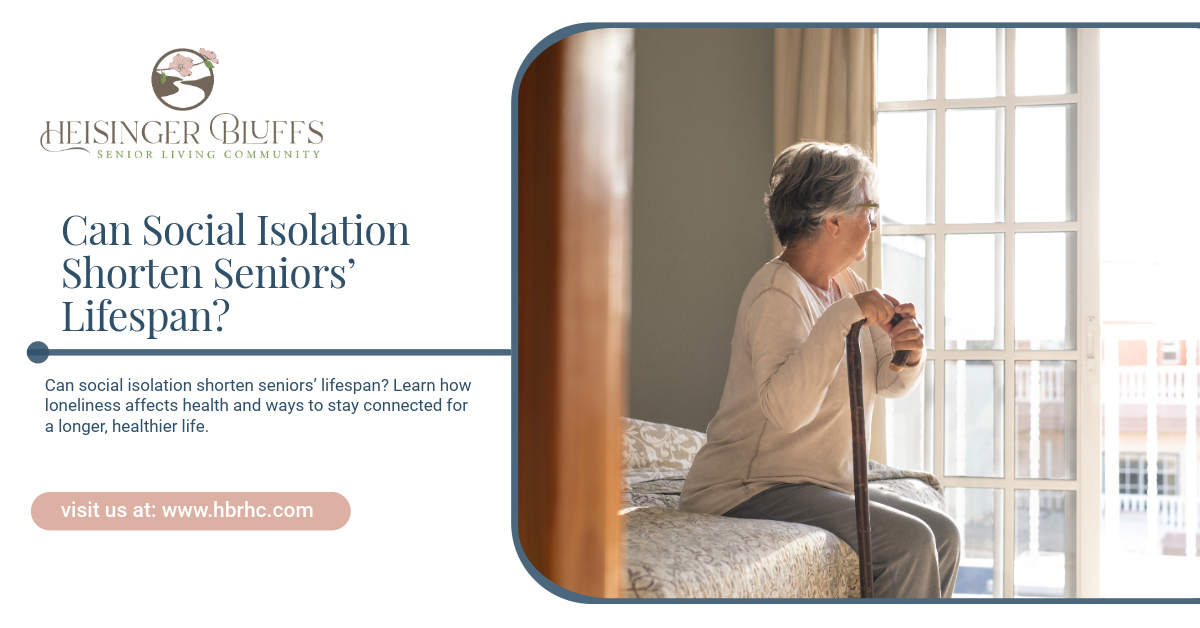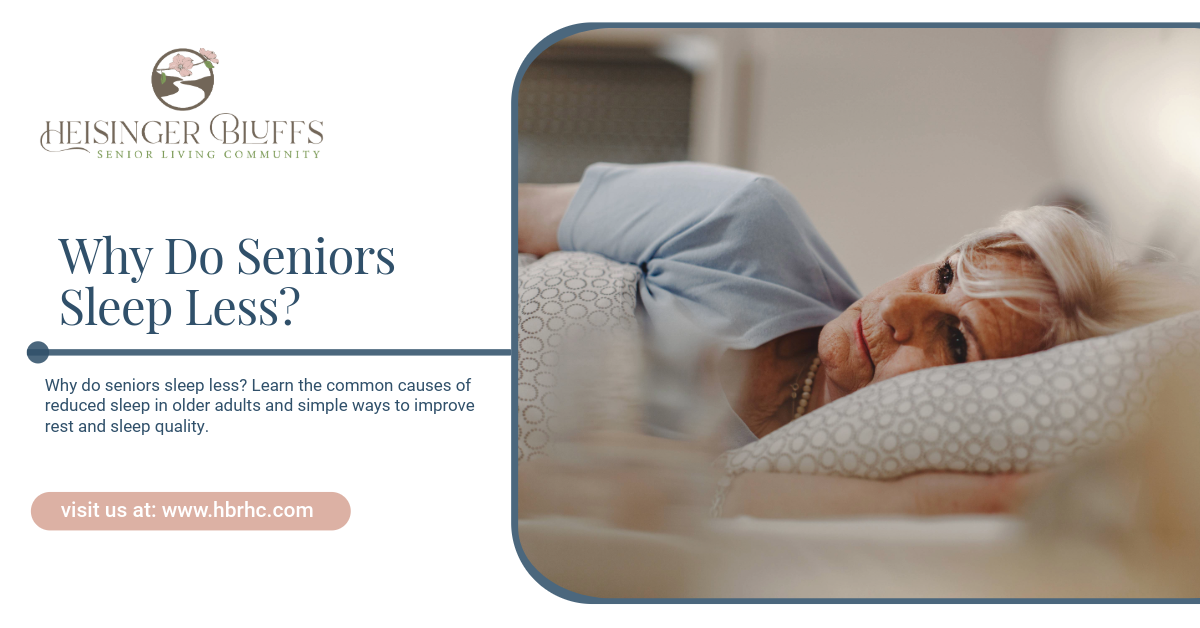The Science Behind Memory Care Design: How Environments Reduce Stress

When caring for seniors with memory-related conditions such as Alzheimer’s or other forms of dementia, the design of the physical environment plays a far more crucial role than most people realize. The layout, lighting, colors, sound, and even the furniture arrangement in memory care communities are all carefully planned to promote calm, familiarity, and safety.
Let’s dive into the science behind memory care design and how these environments are intentionally created to reduce stress and enhance quality of life for seniors.
Why Environment Matters in Memory Care
Dementia affects more than memory—it can impair reasoning, orientation, communication, and emotional regulation. These changes can make unfamiliar or chaotic environments feel overwhelming, leading to increased agitation, confusion, and stress.
Studies have shown that well-designed environments tailored to the needs of people with cognitive impairments can:
- Decrease episodes of wandering or agitation
- Reduce the need for psychotropic medications
- Improve mood and sense of security
- Promote independence and daily functioning
The science behind this approach lies in environmental psychology—a field that explores how physical spaces influence behavior and well-being. In memory care, every design choice is made with the brain and emotions in mind.
Key Principles of Memory Care Design
1. Familiarity and Homelike Atmospheres
The science: The brain’s limbic system, which processes emotion and memory, responds positively to familiar settings. By recreating the look and feel of a home, rather than a clinical facility, residents experience comfort and orientation.
Design features:
- Living room-style gathering spaces
- Personal memory boxes outside bedrooms
- Decor using nostalgic or personal touches
Why it matters: These touches reduce disorientation and help residents connect with past experiences, which often remain intact longer than short-term memory.
2. Wayfinding and Visual Cues
The science: Dementia often impairs spatial awareness and problem-solving. Well-placed visual cues can reduce confusion and promote independence.
Design features:
- Color-coded hallways
- Clear signage with pictures and large fonts
- Lighting that highlights pathways and doorways
Why it matters: Easy navigation decreases frustration and promotes autonomy, both of which reduce anxiety.
3. Controlled Stimulation
The science: The brain of someone with dementia processes sensory input differently. Loud noises or cluttered environments can lead to overstimulation and agitation.
Design features:
- Quiet zones and acoustic treatments
- Soft, non-glare lighting
- Minimal visual clutter
Why it matters: A calm environment helps regulate behavior and reduces the likelihood of stress-related outbursts.
4. Natural Light and Circadian Rhythm Support
The science: Exposure to natural light helps regulate the body’s internal clock, improving sleep, mood, and overall well-being.
Design features:
- Large windows and skylights
- Outdoor access to gardens and patios
- Lighting systems that mimic natural day-night cycles
Why it matters: Proper light exposure can help reduce “sundowning,” a common late-day confusion experienced by people with dementia.
5. Safe and Supportive Layouts
The science: Environmental safety minimizes fall risk, which is a major concern for older adults. Smooth transitions between flooring types, handrails, and reduced trip hazards are critical.
Design features:
- Rounded corners and non-slip flooring
- Wide hallways and open sightlines
- Secured outdoor spaces for safe wandering
Why it matters: A safe environment promotes confidence and freedom of movement, which enhances mental well-being.
6. Biophilic Design and Nature Access
The science: Biophilic design, the practice of incorporating natural elements indoors, can reduce stress and increase feelings of relaxation.
Design features:
- Indoor plants and natural materials like wood
- Garden courtyards or walking paths
- Water features and bird feeders
Why it matters: Nature stimulates the senses in gentle, familiar ways and has been shown to calm the nervous system.
7. Personalized Spaces
The science: When environments reflect the unique identity of residents, it promotes dignity, belonging, and cognitive stimulation.
Design features:
- Custom room decor based on resident history
- Displaying meaningful photos and memorabilia
- Flexible furniture arrangements
Why it matters: Personalized environments engage long-term memory and help reduce feelings of isolation or confusion.
8. Smell and Scent Control
The science: The olfactory system (sense of smell) is deeply tied to memory and emotion. Pleasant, familiar scents can evoke positive feelings.
Design features:
- Avoiding harsh cleaning chemicals or hospital-like odors
- Introducing natural or calming scents like lavender
- Managing food and bathroom odors discreetly
Why it matters: A pleasant-smelling environment feels cleaner, more welcoming, and emotionally soothing.
Case Study: A Day in a Thoughtfully Designed Memory Care Space
Let’s walk through a typical day for a resident in a well-designed memory care environment.
- Morning: The resident wakes up to natural light streaming through the window, helping them feel more alert. Their room features personal photos and a favorite quilt, which reduce confusion. A clear sign on the bathroom door helps them get ready with minimal assistance.
- Midday: In the dining area, calming earth tones and soothing background music set the tone. The layout encourages social interaction without overwhelming noise. After lunch, residents can take a walk through a secured garden filled with flowers and birdhouses.
- Afternoon: The activity room uses familiar textures and colors to encourage engagement in art or music therapy. The design of the space supports small-group interaction, reducing overstimulation.
- Evening: Lighting gradually dims to simulate sunset, helping the resident wind down naturally. Wayfinding lights guide them back to their room, where familiar scents and décor promote a calm end to the day.
How Design Helps Reduce Staff Stress, Too
It’s not just residents who benefit. A well-designed memory care environment also:
- Improves staff workflow
- Reduces the number of behavioral incidents
- Enhances safety, allowing staff to focus on quality care
- Increases staff retention by creating a more pleasant work environment
When caregivers work in a supportive space, the quality of care improves—benefiting everyone involved.
What the Research Says
Research supports these practices. A few key findings:
- A 2020 study in the Journal of Housing for the Elderly found that residents in well-designed memory care facilities had significantly lower levels of agitation.
- The Alzheimer’s Association recommends “environmental cues” as a non-pharmacological intervention to reduce stress in people with dementia.
- A report by Dementia Services Development Centre (University of Stirling) outlines specific environmental elements that improve quality of life.
These findings confirm that thoughtful design is more than aesthetics—it’s therapeutic.
Looking for Memory Care That Prioritizes Design?
Choosing the right memory care community for your loved one means paying attention not only to care quality but also to the environment. A thoughtfully designed space can help your loved one feel secure, calm, and more at home, making a powerful difference in their daily life.
At Heisinger Bluffs, our memory care environments are crafted with purpose and compassion, combining the latest design science with personalized care. We invite you to explore our warm, welcoming spaces and see how we prioritize well-being at every level. Contact us today!
Frequently Asked Questions
How does memory care design help reduce confusion for residents?
Memory care design incorporates visual cues, color-coded hallways, and clear signage to help residents navigate the space more easily. These elements reduce confusion and promote a sense of control and independence.
What role does lighting play in memory care environments?
Proper lighting supports circadian rhythms, improves mood, and reduces fall risks. Many communities use natural light or lighting systems that mimic the sun’s movement to create a calming atmosphere throughout the day.
Can personalized room design really impact well-being?
Yes, studies show that rooms decorated with personal photos, familiar objects, and individualized layouts can reduce anxiety, improve mood, and enhance cognitive stimulation for those with dementia.
Sources:
- https://www.alz.org/alzheimers-dementia/what-is-dementia
- https://pmc.ncbi.nlm.nih.gov/articles/PMC6039869/
- https://www.verywellhealth.com/how-does-dementia-affect-visual-spatial-abilities-98586
- https://pmc.ncbi.nlm.nih.gov/articles/PMC10464619/
- https://www.dementia.stir.ac.uk/











